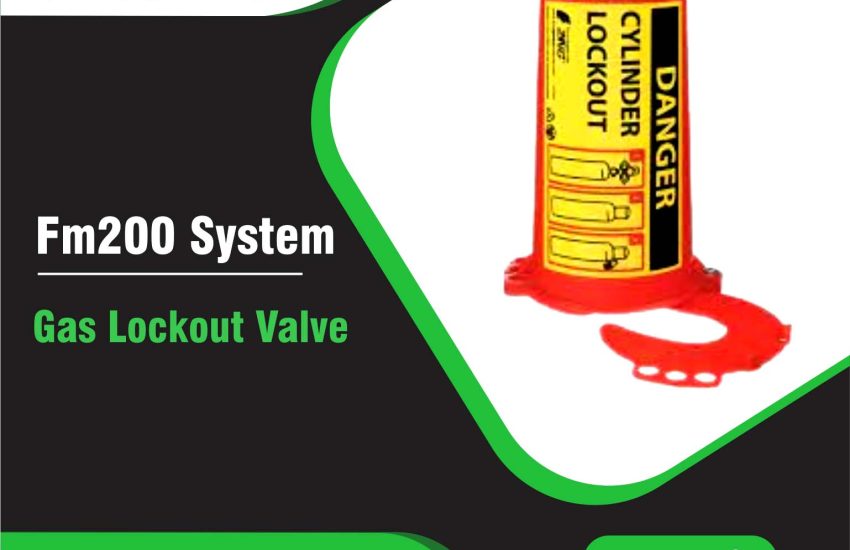Gas Lockout Valve controls gas flow in industrial, commercial, and residential applications. It isolates the gas supply to prevent accidental leaks or releases. This article highlights the features, specifications, and benefits of Gas Lockout Valves.
What is a Gas Lockout Valve?
A Gas Lockout Valve stops the gas flow during maintenance or emergencies. It isolates sections of the pipeline to prevent gas from flowing unintentionally. These valves ensure safety in residential and industrial settings.
Key Features of Gas Lockout Valves
- Manual and Automatic Operation: Gas lockout valves can operate manually or automatically. Manual valves use a handle or lever, while automatic valves rely on electrical or pneumatic controls.
- Durable Construction: Manufacturers use materials like stainless steel, brass, and carbon steel to make these valves resistant to corrosion and ideal for harsh environments.
- Locking Mechanism: The lockout feature prevents accidental valve operation, providing added safety.
- Compliance with Industry Standards: These valves meet ANSI, API, and ISO standards, ensuring they perform reliably under various conditions.
- Variety of Sizes and Designs: Gas lockout valves come in different sizes and configurations to suit diverse pipeline systems.
Specifications of Gas Lockout Valves
- Valve Type: Available as ball valves, gate valves, globe valves, and butterfly valves with lockout capabilities.
- Size Range: Valves range from ½ inch to 36 inches, depending on the application.
- Pressure Rating: They can handle pressures from 150 psi to 2500 psi.
- Temperature Rating: These valves work in temperatures ranging from -20°F to 600°F.
- Material: Common materials include stainless steel, cast iron, carbon steel, and brass.
- Lockout Mechanism: Most models feature a built-in lockout device for added security.
- Sealing Type: Seals are made of PTFE, NBR, or metal-to-metal for leak-proof performance.
Benefits of Gas Lockout Valves
- Enhanced Safety: Gas lockout valves stop accidental gas releases, reducing risks of leaks and explosions.
- Regulatory Compliance: These valves help meet safety standards, reducing legal and financial risks.
- Simplified Maintenance: They allow workers to safely isolate sections of the gas line, simplifying repairs and maintenance.
- Cost-Effective: By preventing accidents and leaks, these valves reduce repair, legal, and insurance costs.
- Operational Control: Gas lockout valves give operators full control over gas flow, ensuring efficient and safe operations.
Applications of Gas Lockout Valves
Gas lockout valves are widely used in:
- Residential Gas Systems: They provide safe isolation during maintenance or emergencies.
- Commercial Buildings: These valves prevent leaks in offices, shopping centers, and restaurants.
- Industrial Settings: Chemical plants and refineries use them to comply with gas safety regulations.
- Oil and Gas Sector: They isolate gas flow in pipelines, tanks, and vessels to prevent accidents.
Conclusion
A Gas Lockout Valve ensures gas systems remain safe and compliant. These valves prevent accidents and control gas flow in various settings. Proper valve selection and maintenance reduce risks and enhance operational efficiency.


